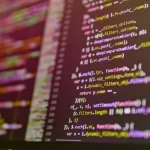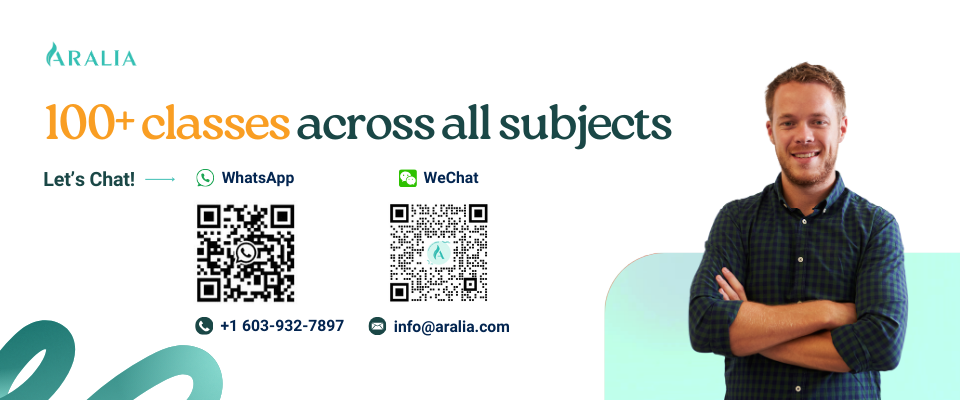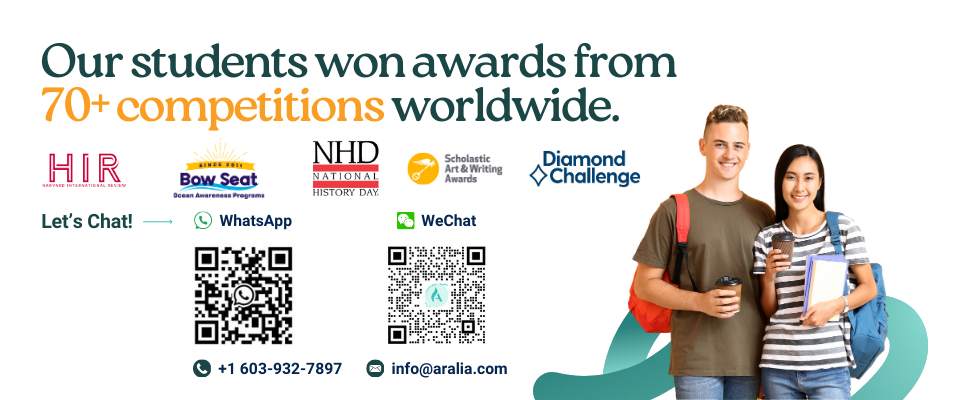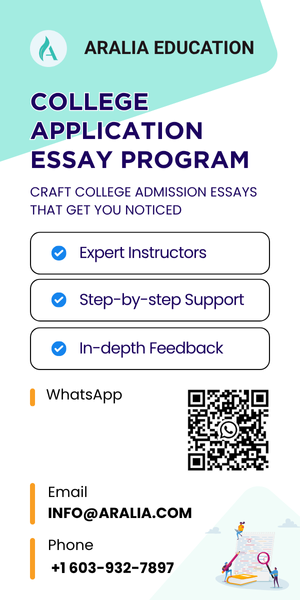1. Start with Fun, Interactive Platforms to Learn the Basics
Before you dive into serious programming, it’s important to build a strong foundation using platforms designed for beginners. Beginner platforms use visual coding, such as drag-and-drop blocks, instead of typing syntax to help you familiarize yourself with logical thinking and problem-solving.
Here are some great suggestions to begin with:
- Scratch: A visual coding platform created by the MIT Media Lab. Scratch lets you build games, animations, and stories using colorful blocks of code. Perfect for learning the basics of logic and sequencing.
- org: Offers playful tutorials, creative coding challenges, and even game development lessons. Their structured tracks take you from block-based coding to JavaScript, HTML, and CSS. Code.org is on a mission to make computer science and AI accessible and engaging for all students, regardless of their background.
- Tynker: Designed especially for students, Tynker includes over 5,000 lessons that guide you through everything from game design to web development. It’s used in classrooms around the world and is a great way to develop creative problem-solving skills.
These platforms help you think like a coder without needing to memorize complicated syntax right away. Take your time, explore, and enjoy the process!
Unlock Your Programming Potential: Students in Our ACSL Competition Preparation Class Are More Likely to Secure Awards
2. Learn to Code with Free and Affordable Online Coding Courses
Once you’ve got the basics of what computer coding is like, you can jump into practicing real code. There are lots of free and low-cost courses or certificate programs where you can learn real coding. Some courses offer certificates you can add to your resume or college application! No matter your experience level, there’s something for everyone.
Some of the trending coding courses and platforms (as of July 2025) are:
- CS50 by Harvard (edX): A legendary intro course to computer science. Well-produced videos, hands-on projects, and great if you want to challenge yourself with college-level rigor.
- Coursera: Offers coding courses from top universities like Stanford, Duke, and Michigan. You can audit them for free or earn certificates to show off your skills.
- Udemy: Perfect if you’re looking for quick, affordable tutorials. Countless beginner-friendly courses, often priced under $20, with step-by-step guidance to help you build projects fast.
- freeCodeCamp: 100% free and packed with interactive lessons. Learn by doing, earn certifications, and build real-world projects for your portfolio.
- Khan Academy: Great for visual learners. Their computer programming track teaches coding basics using interactive animations, and is especially fun if you’re just starting out.
The best part? You don’t have to stick to a single platform. Try out a few to see what feels right for you. Many offer free trials, allowing you to check them out before committing. Also, be sure to watch for scholarships and financial aid opportunities. Many platforms provide certificates or scholarships, making it easier for students to access courses from anywhere. Visit their websites to learn more and apply.
Depending on your interests or goals, you may want to learn one programming language over the other. For total beginners, we recommend learning HTML/CSS first to build a website, and then JavaScript to add colors and animations that make the website interactive. Other languages such as Python, SQL, C++, or Java can help you dive into data analysis, database management, and software development, allowing you to explore fields like artificial intelligence, game design, mobile app development, and competitive programming.
3. Build Something Cool (Even if It’s Small) and Add to Your Portfolio
The best way to learn how to code is by building things. Yes, even small ones. When you work on something you care about, you’ll be more motivated to learn and problem-solve along the way. Try some of the following project ideas:
- Beginner: Create a personal website using HTML and CSS.
- Intermediate: Build a simple game using Python or JavaScript. Or create a weather app using APIs.
- Advanced: Make a a chatbot using Python and AI.
- Level 4: Let your imagination take the lead! What do you want to build?
Think big! Don’t wait until you feel “ready.” Start small, experiment, and learn as you go. And when you get stuck (it happens sometimes!), Google, YouTube, and Stack Overflow are amazing hubs to help you out. Done is better than perfect.
4. Learn Coding from YouTube Channels Designed for Beginners
Learning doesn’t have to come from textbooks or written lessons. Some of the most valuable instructional videos are just a click away! Many YouTube creators break down coding concepts step by step in a fun and easy-to-follow manner. If you’re a visual or hands-on learner, these beginner-friendly channels are a great place to start:
- freeCodeCamp offers comprehensive courses and concise tutorials on a wide range of topics, from web development to Python programming.
- The Coding Train brings code to life with creative, artsy projects using JavaScript and p5.js.
- SuperSimpleDev offers a vast resource for learning HTML, CSS, and JavaScript through clear, easy-to-understand lessons.
Watch a tutorial, code along, and pause whenever you need to! And don’t forget to take notes. This might feel old-school, but writing things down is a surprisingly powerful way to help your brain remember new skills.
5. Join a Coding Community or Compete in Student Hackathons
Being part of a community helps you stay motivated, receive feedback, and learn from how other people approach problems. It’s one of the best ways to grow.
You can get started by exploring coding communities at:
- Schools: Ask a teacher or check if your school has a coding club, robotics team, or science group you can join. If none exist, start one.
- Hackathons and Competitions: Try out online hackathons or local coding contests. They’re a great way to challenge yourself and meet other young coders. Here are the 12 Top Computer Science Competitions for High School Students to help you get started.
- Online Forums: Join communities like StackOverflow, Discord servers, or forums such as r/learnprogramming and r/cs on Reddit. You’ll find tips, project ideas, and people who have been in your shoes.
Don’t be afraid to ask questions or share what you’re working on. Everyone starts somewhere. And the coding world is full of people ready to help.
Wants more activity recommendations? Check out 7 STEM Activities for High School Students.
Aralia Students Are 3x More Likely to Place Top Computer Science Competitions
6. Keep Going, Even When It Gets Tough
Let’s be real: coding can be confusing at times. And that’s okay. Every great coder started where you are—feeling stuck, figuring things out, and giving it another try.
Here’s what helps:
- Build your streak: Practice a little each day. Even 15 minutes makes a difference. Focus on mastering one concept at a time, rather than trying to grasp everything at once, and dive deep.
- Break problems into smaller pieces: When things get stuck, try tackling one tiny part at a time.
- Get stuck? Take little breaks and come back refreshed: Sometimes stepping away helps you see problems in a new way. Don’t stress when you can’t figure something out. Sometimes the best breakthroughs happen after a short break (or exercise!).
Coding isn’t just about bits and bugs. It’s about being persistent and enjoying the journey of learning something new. Spark your curiosity, and celebrate each problem you solve for bringing you one step closer to becoming a great coder.
6. Keep Going, Even When It Gets Tough
Let’s be real: coding can be confusing at times. And that’s okay. Every great coder started where you are—feeling stuck, figuring things out, and giving it another try.
Here’s what helps:
- Build your streak: Practice a little each day. Even 15 minutes makes a difference. Focus on mastering one concept at a time, rather than trying to grasp everything at once, and dive deep.
- Break problems into smaller pieces: When things get stuck, try tackling one tiny part at a time.
- Get stuck? Take little breaks and come back refreshed: Sometimes stepping away helps you see problems in a new way. Don’t stress when you can’t figure something out. Sometimes the best breakthroughs happen after a short break (or exercise!).
Coding isn’t just about bits and bugs. It’s about being persistent and enjoying the journey of learning something new. Spark your curiosity, and celebrate each problem you solve for bringing you one step closer to becoming a great coder.
Ready to Start?
At Aralia, the ACSL Competition Prep program helps students build the skills and confidence needed to excel in the American Computer Science League. The course includes two weeks of foundational programming followed by focused sessions on all 12 ACSL topics, with off-topic problems before each contest to boost problem-solving skills. Taught by a former Computer Science teacher at The Dalton School and an award-winning ACSL coach, the program offers expert instruction and proven mentorship to help students strengthen their problem-solving abilities and prepare them for success.

ACSL Competition Prep
The program begins with two weeks of dedicated programming practice to provide participants with an opportunity to enhance their skills. Subsequently, each of the 12 ACSL topics is allocated a two-week period, allowing ample time for in-depth exploration and understanding. Prior to each contest, participants are presented with two programming problems that are intentionally unrelated to the current topics. These problems are designed to enhance the coder’s skills and foster comfort in tackling diverse challenges.









